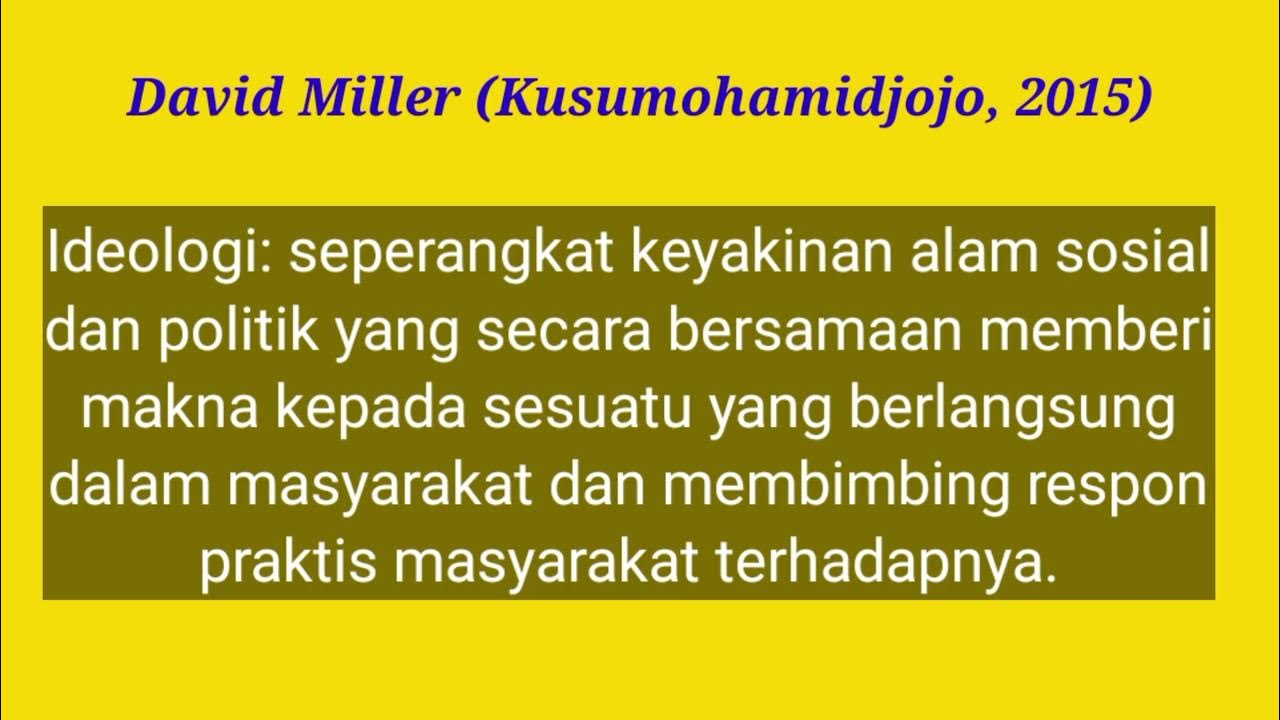Magical Realism In 6 Minutes: Literary Fantasy or Fantastic Literature? 📚
Summary
TLDRThis video delves into the concept of magical realism, tracing its origins and key elements. It explains that while often associated with Latin America, magical realism was first coined by German art critic Franz Roh in 1925. The genre blends realistic settings with surreal elements, often without explanation, creating a narrative that feels both grounded and magical. The video highlights notable authors like Gabriel García Márquez, Toni Morrison, and Salman Rushdie, and discusses how magical realism is used to explore social and political issues, particularly in post-colonial contexts.
Takeaways
- ✨ Magical realism blends detailed, realistic settings with elements too strange to believe.
- 📜 While the genre is often associated with Colombia, it originated in Germany, coined by art critic Franz Roh in 1925.
- 📖 The term was later popularized by writers like Alejo Carpentier, who described it as 'the marvelous real,' emphasizing reality's unexpected richness.
- 🌍 Magical realism must be grounded in reality, making supernatural elements feel credible and seamless.
- 🧙♀️ Unlike fantasy, where the supernatural is explained, magical realism introduces magic without explanation, blurring the line between the real and the fantastical.
- 🎭 The genre often incorporates social and political commentary, tackling topics like fascism, racism, and colonialism.
- 📚 Gabriel García Márquez’s *One Hundred Years of Solitude* is a hallmark of magical realism, blending Colombian politics with surreal elements.
- 🌎 Latin American writers like Borges and Cortázar are key figures, but magical realism transcends regions and eras.
- 🏆 The genre has produced many landmark works globally, including *Beloved* by Toni Morrison and *Kafka on the Shore* by Haruki Murakami.
- 💡 Magical realism can be seen as a way to resist European realism, adding a unique, dreamlike perspective to literary traditions.
Q & A
What is magical realism?
-Magical realism is a genre of literature that combines a highly detailed, realistic setting with supernatural or dream-like elements that are treated as ordinary occurrences within the narrative.
Where did the term 'magical realism' originate?
-The term 'magical realism' was coined by German art critic Franz Roh in 1925 to describe modern realist paintings with fantasy or dream-like subjects.
What is an example of an early work of magical realism?
-Nikolay Gogol’s short story, 'The Nose,' originally published in 1836, is an early example of magical realism where the main character's nose becomes a man walking the streets of St. Petersburg.
How does Alejo Carpentier define magical realism?
-Alejo Carpentier describes magical realism as 'an unexpected alteration of reality, an unaccustomed insight that is singularly favored by the unexpected richness of reality, or an amplification of the scale and categories of reality.'
What are the core elements of magical realism?
-The core elements of magical realism include being rooted in reality, nonchalantly introduced supernatural elements, and often incorporating social commentary.
Why is magical realism often associated with Latin American literature?
-Magical realism is associated with Latin American literature because it has been used by writers in the region to comment on political and social issues, and the genre gained prominence during a period of political turmoil in Latin America.
What is the significance of Gabriel García Márquez’s 'One Hundred Years of Solitude' in the context of magical realism?
-'One Hundred Years of Solitude' is a landmark work of magical realism that blends Colombian political reality with supernatural elements, and it is considered the defining saga of Latin America’s social and political history.
How does magical realism differ from the fantasy genre?
-Magical realism differs from the fantasy genre in that it is deeply rooted in reality, and the supernatural elements are introduced casually without explanation, whereas fantasy often involves a structured world with its own rules and explanations for the magical elements.
What role do characters play in accepting the supernatural elements in magical realism?
-In magical realism, characters typically react emotionally to the supernatural elements but do not question their existence or how they function, similar to how events in dreams are accepted without rational explanation.
Can you provide examples of magical realism outside of Latin American literature?
-Yes, works such as 'Beloved' by Toni Morrison, 'Midnight’s Children' by Salman Rushdie, 'Kafka on the Shore' by Haruki Murakami, 'Exit West' by Mohsin Hamid, and 'Frankenstein in Baghdad' by Ahmed Saadawi are examples of magical realism from authors outside of Latin America.
What is the role of social commentary in magical realism?
-Social commentary is a significant aspect of magical realism, as it uses the magical elements to bring forward progressive ideas and political commentary on serious subjects like fascism, racism, and colonialism.
Outlines

Cette section est réservée aux utilisateurs payants. Améliorez votre compte pour accéder à cette section.
Améliorer maintenantMindmap

Cette section est réservée aux utilisateurs payants. Améliorez votre compte pour accéder à cette section.
Améliorer maintenantKeywords

Cette section est réservée aux utilisateurs payants. Améliorez votre compte pour accéder à cette section.
Améliorer maintenantHighlights

Cette section est réservée aux utilisateurs payants. Améliorez votre compte pour accéder à cette section.
Améliorer maintenantTranscripts

Cette section est réservée aux utilisateurs payants. Améliorez votre compte pour accéder à cette section.
Améliorer maintenantVoir Plus de Vidéos Connexes

What is Prose in English literature? | Types of Prose | Elements of Prose

Lecture 2: The Spirit of Analytic Philosophy

SEJARAH MUSIK ROCK || SEJARAH DAN PERKEMBANGAN MUSIK ROCK DI INDONESIA | SEJARAH MUSIK || PART.3

Art History | Art Movement | Realism

¿Qué es la LITERATURA? Características, tipos, géneros literarios, autores y sus obras

Bab 1. Pancasila, Sub. A. Makna dan Hakikat Ideologi..(Kls XI/1)
5.0 / 5 (0 votes)
